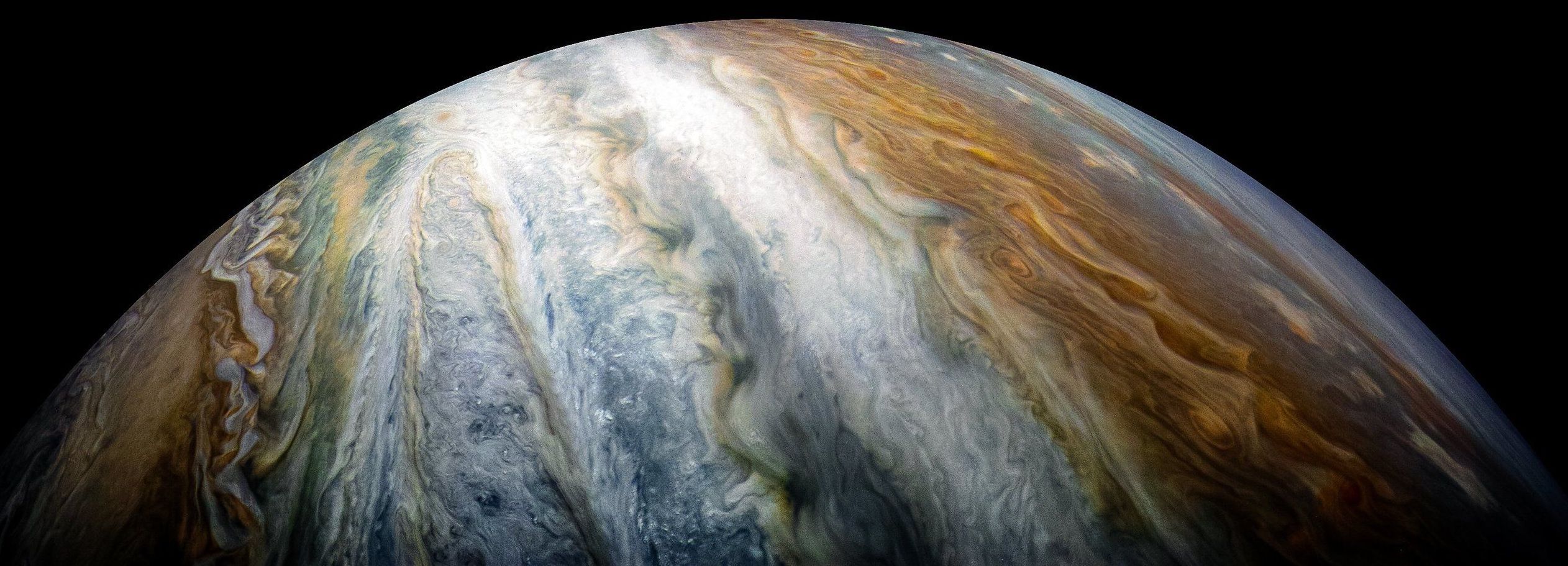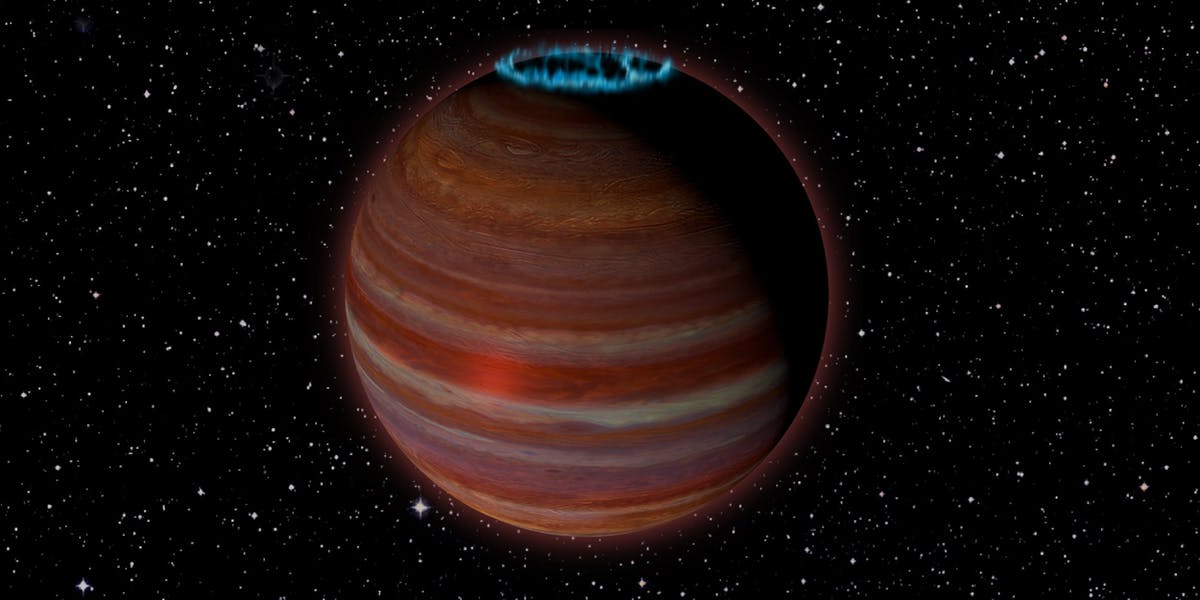The Amazon.com founder is likely to meet a goal of having his Blue Origin space-travel company work with NASA to return to the moon.


The Amazon.com founder is likely to meet a goal of having his Blue Origin space-travel company work with NASA to return to the moon.


On September 29th, 2017, SpaceX CEO Elon Musk unveiled detailed plans of the Big Falcon Rocket at the 68th International Astronautical Congress in Adelaide, Australia. It was a follow-up speech to the prior year’s presentation when he first discussed the architecture of what was then called the Interplanetary Transport System. In his highly anticipated speech, Musk laid out the detailed plans for a two stage rocket to enable the colonization of Mars, a moon base, and hypersonic long-distance travel on Earth.
The design featured an enormous Booster that would be powered by 31 Raptor engines, planned to be the world’s most advanced and highest pressure chemical rocket engine. Following stage separation, the booster would return to Earth and land near or on the launch pad.
There were three variants of the rocket’s second stage planned: a Spaceship, Tanker and Cargo Lifter. The primary of which, the BFR Spaceship, was also the colonization vehicle and that could carry up to 100 passengers and a hundred tonnes of cargo. One possible use of the Spaceship was as the world’s first hypersonic passenger transport vehicle, which would enable travel between any two points on Earth in under an hour. Its primary envisioned mission, however, was to be a colonization vehicle for the Moon, Mars and beyond.

Thirteen companies, including Boeing and Amazon billionaire Jeff Bezos’ Blue Origin space venture, will be doing studies for NASA on the future of commercial human spaceflight in low Earth orbit.
All of the studies are due in December, and are supposed to cost no more than $1 million each. NASA still has to negotiate the contract amounts with the study groups, but it expects the total cost of the effort to come in at around $11 million.
Don’t Miss This! We’re introducing you to the first astronauts who will launch from U.S. soil since the final Shuttle mission in 2011. Join us live starting at 11 a.m. EDT on Friday, Aug. 3 to meet the Commercial Crew astronauts who will fly on The Boeing Company and SpaceX capsules to #LaunchAmerica to the International Space Station.

Here on Earth, electromagnetic waves around the planet are typically pretty calm. When the Sun fires a burst of charged particles at the Earth we are treated to an aurora (often called Northern Lights), but rarely are they a cause for concern. If you were to head to Jupiter, however, things would change dramatically.
In a new study published in Nature Communications, researchers describe the incredible electromagnetic field structure around two of Jupiter’s moons: Europa and Ganymede. The invisible magnetic fields around these bodies is being powered by Jupiter’s own magnetic field, and the result is an ultra-powerful particle accelerator of sorts, which might be capable of seriously damaging or even destroying a spacecraft.
“Chorus waves” are low-frequency electromagnetic waves that occur naturally around planets, including Earth. Near our planet they’re mostly harmless, but they do have the capability to produce extremely fast-moving “killer” particles that could cause damage to manmade technology if we happened to be in the wrong place at the wrong time.

No one can deny that SpaceX founder Elon Musk has thought a lot about how to transport humans safely to Mars with his Big Falcon Rocket. But when it comes to Musk’s highly ambitious plans to settle Mars in the coming decades, some critics say Musk hasn’t paid enough attention to what people will do once they get there.
However, SpaceX may be getting more serious about preparing for human landings on Mars, both in terms of how to keep people alive as well as to provide them with something meaningful to do. According to private invitations seen by Ars, the company will host a “Mars Workshop” on Tuesday and Wednesday this week at the University of Colorado Boulder. Although the company would not comment directly, a SpaceX official confirmed the event and said the company regularly meets with a variety of experts concerning its missions to Mars.
This appears to be the first meeting of such magnitude, however, with nearly 60 key scientists and engineers from industry, academia, and government attending the workshop, including a handful of leaders from NASA’s Mars exploration program. The invitation for the inaugural Mars meeting encourages participants to contribute to “active discussions regarding what will be needed to make such missions happen.” Attendees are being asked to not publicize the workshop or their attendance.

This article was originally published at The Conversation. The publication contributed the article to Space.com’s Expert Voices: Op-Ed & Insights.
Space X and Tesla founder Elon Musk has a vision for colonising Mars, based on a big rocket, nuclear explosions and an infrastructure to transport millions of people there. This was seen as highly ambitious but technically challenging in several ways. Planetary protection rules and the difficulties of terraforming (making the planet hospitable by, for example, warming it up) and dealing with the harsh radiation were quoted as severe obstacles.
Undeterred, Musk took a first step towards his aim in February this year with the launch of a Tesla roadster car into an orbit travelling beyond Mars on the first Falcon Heavy rocket. This dramatically illustrated the increasing launch capability for future missions made available by partnerships between commercial and government agencies.

What a dumb planet.
Not all who wander are lost, but that might be the case for a newly discovered rogue planet. Scientists have found evidence of a giant planetary mass outside our solar system that appears to be traveling without any sort of set orbit or parent star.
This bumbling fool of a planet was first discovered by astronomers using the National Science Foundation’s Karl G. Jansky Very Large Array (VLA). From the radio astronomy observatory, scientists were able to pick up its magnetic activity and study it, the findings of which were made public on Thursday. It’s the first time the observatory’s radio-telescope detection was able to pick up a planetary-mass object beyond our solar system.
While the discovery is a first for the observatory, the object, known as SIMP J01365663+0933473, was probably hard to miss given that it’s a “surprisingly strong magnetic powerhouse” roughly a dozen times larger than Jupiter. The planetary mass earned the “rogue” moniker for being untethered to any orbit or parent star or galactic authority. But just because it’s a celestial anarchist remaining outside a solar system of conformists doesn’t mean it can’t offer scientists important new insight on its magnetic properties.